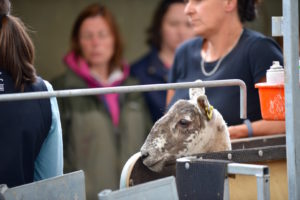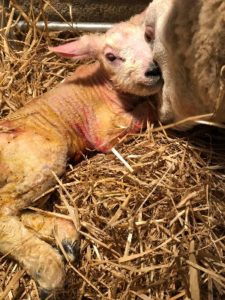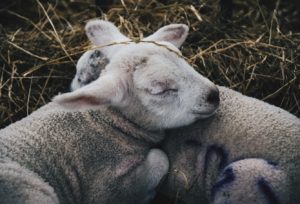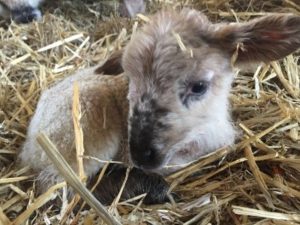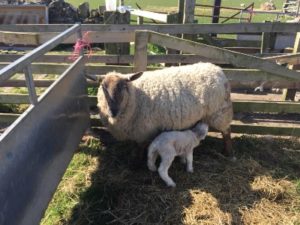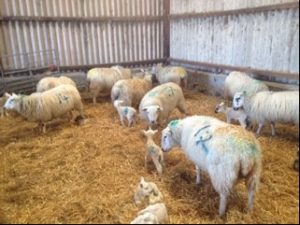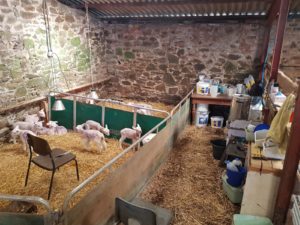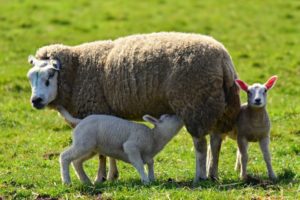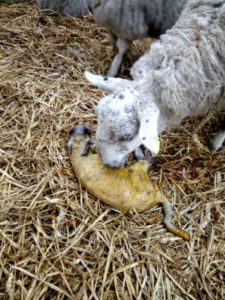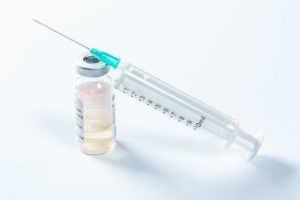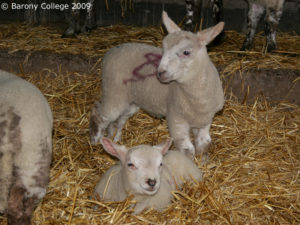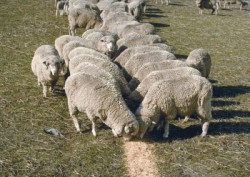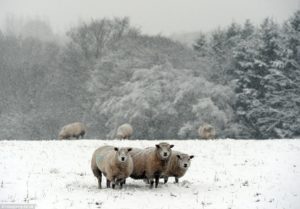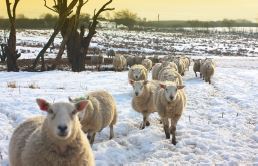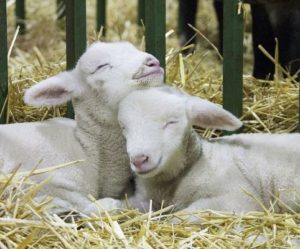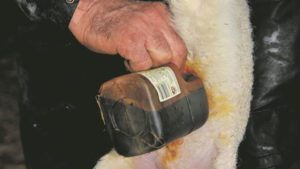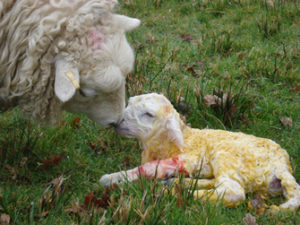Lambing
Indoor Lambing Management
As lambing time approaches, we tackle key challenges in this timely video, where we address colostrum, hygiene, iodine supply and reducing antibiotics at lambing time.
Alternative Clostridial Vaccines
There have been lots of supply issues over the last two years and some medicines have been affected. You may have struggled to get hold of the products you usually use, or not been able to buy them in the most convenient quantities.
Lambing Equipment Checklist
Are you ready for lambing to start?
Lambing is one of the busiest and most stressful times of the year, being well prepared is essential for a successful lambing season. Make sure that your lambing kit is ready with these must have items. Read more>>
Bloat In Orphan Lambs
A year of high numbers of lambs being born, inevitably means orphan lambs being reared. One of the most common reported problems for these lambs is abomasal bloat (tympany), which is caused by harmful bacteria in the stomach that feed on the lactose, which often gains entry with unhygienic conditions and hot milk. Read more>>
Stay Safe, Stay Clean
Most farmers will be aware that sheep and lambs can carry organisms which can be responsible for disease in humans. The specific threat to pregnant women from aborting sheep at lambing time is probably the most familiar issue. However, sheep can also carry organisms which could make anyone unwell, and it’s sensible to consider these risks as you go about your work. Read more>>
Ewe Condition Through Lactation
Six months prior to mating, the ovarian follicles start their journey to ovulation. This process is influenced by the ewe’s nutrition and condition. We tend to accept condition loss through lactation – it is a challenge to keep condition on them. However, if they are going into lambing lean, and then getting leaner through lactation, their reproductive performance may be impaired. In addition, it takes a lot more work to get lean ewes fit for tupping and condition score at mating is highly influential to rearing percentage. Read more>>
Ewes Lambing And Time Of Day
In order to reduce staff hours, particularly for those that find themselves short-staffed during this time, some may ask whether we can be more targeted with lambing surveillance by utilising knowledge of when ewes lamb and what influences this. Read more>>
Lambing Time 10 Top Tips
This is where all your efforts of your breeding and feeding come to fruition, plan in advance this lambing for greater success. Read more>>
Managing First Time Lambing Ewes
Inexperienced ewes have higher lamb mortality regardless of age at mating. This is because they are physiologically immature, they need to have given birth for everything to develop completely. They tend to have a longer birth process. However, this doesn’t mean she will need assistance if she is given time and space. The inexperienced ewe is more sensitive to environmental disturbances, and more likely to abandon her lamb if disturbed. Read more>>
Managing Difficult Births
A difficult birth will delay the onset of licking the lamb by the ewe, and can result in brain damage in the lamb which will make it slower to stand and suck. This risks a weaker ewe-lamb bond forming, and the lamb getting less colostrum. Read more>>
Managing Triplets
Most ewes, especially those that have lambed before, can cope well with triplets and increase their maternal licking with the birth of each lamb. They will form a new bond with each lamb and appear to be able to count to at least three, as they will recognise when one lamb is not there. Read more>>
Consider Antibiotic Usage This Lambing Season
Why? By 2050, antimicrobial resistance is predicted to be the biggest cause of human mortality, exceeding cancer. Reducing dependence on antibiotics is important to preserve their use in human and animal medicine. E-coli, for instance, the bacteria responsible for watery mouth, already has a high resistance to antibiotics on some farms. So, for your livestock and for our fellow human beings, we should seek to reduce antibiotics where possible. Read more>>
Hygiene At Lambing
Good environmental hygiene at lambing time is paramount in reducing losses through infection such as watery mouth, joint ill and scours. These infections are caused by bacteria entering the lamb either through, ingestion, the navel and tailing or tagging wounds, many of which can be prevented by good hygiene. Read more>>
Emergency Feeding Of Hill Ewes
Ewes in poor condition will need careful management throughout the summer and autumn to be back in good condition for tupping time. Speaking to someone now can help with planning health and nutrition for the coming season including worm and fluke strategies, mineral and vitamin supplements, lactation feeding, weaning and managing the weaned lamb. Read more>>
Remember The Rest Of The Flock
Remember the rest of the flock albeit replacement ewe hoggs for gimmering, tups or cast ewes also need extra nutrition. Read more>>
Coping With Bad Weather
There are many different ways we can deal with supplementary feeding sheep in bad weather conditions. Read more>>
Lambing In Bad Weather
Nutrition is key in late pregnancy, even more so when the ground is covered in snow. The ewe’s energy requirements rise by an astonishing 60% between 7 weeks and 1 week pre lambing (70kg ewe with twins). Plus a little extra for cold weather (0.11MJ for each 10kg). As well as nutrition being key, ensuring stress is kept to a minimum is vital. Read more>>
Hypothermia
Hypothermia is a common cause of lamb deaths, if there are any concerns, take the lambs temperature. The normal temperature for a lamb is 390C.
If the lamb is between 370C and 390C and able to swallow then it should be fed warm colostrum by stomach tube and then returned to its mother in a warm bedded pen with no draughts. Read more>>
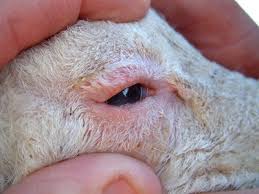
Turned In Eyelids
Entropion of lambs occurs with the turning in of one or both lower eyelids. It is a congenital disorder, meaning it is often present at birth. With the eyelid turned in, the eyelashes or hairs can rub against the cornea and cause secondary infections such as ulceration, blindness, etc. For this reason it should be dealt with quickly. If the condition is identified early, it can be treated simply by one of the following methods Read more>>
Tips For Treating Lambs Navels
A wet navel allows for a direct route for bacteria to travel into the lamb. To prevent this follow these simple steps: Read more>>
Respect The Lambing Site
Approximately two days before lambing, biological changes occur in the ewe triggered by the foetal lamb. These cause the ewe to show specific behaviors which are important for lamb survival including, isolation and shelter-seeking and birth site choice. The birth site is important as the longer the ewe spends here with her lambs the stronger the bond that will form; her learning and experience of environment will influence her choice. Read more>>
Sign up to the FAS newsletter
Receive updates on news, events and publications from Scotland’s Farm Advisory Service

